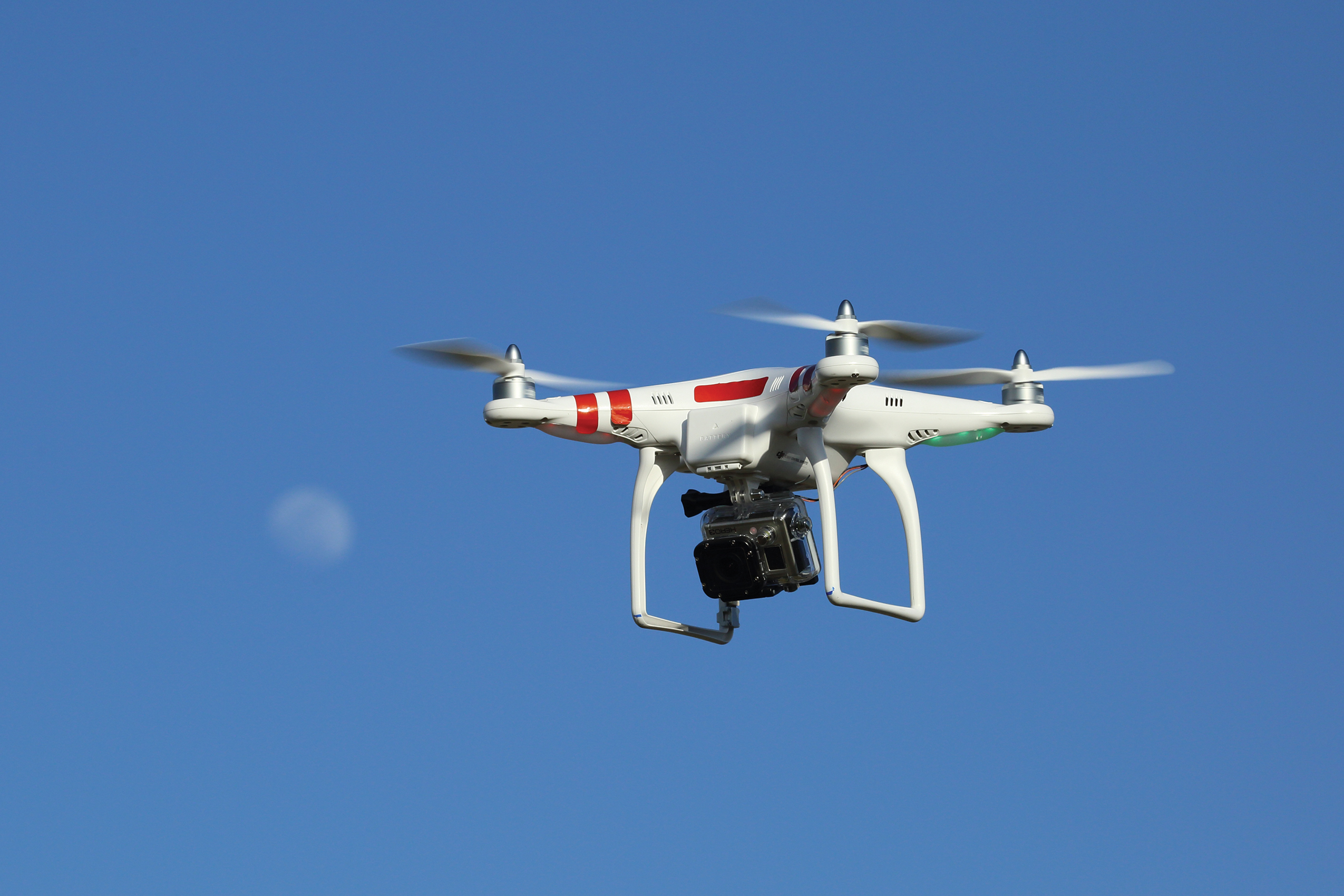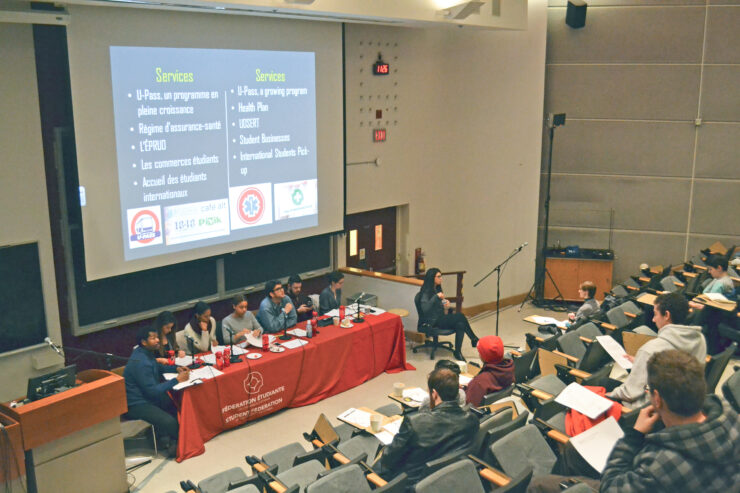The technology offers a host of benefits for Canadians
The use of drones—sometimes known as unmanned aerial vehicles—for commercial and personal use is becoming more and more widespread in our everyday society. As they continue to populate the skies, governments are struggling to respond appropriately to this new technology.
Recently in Canada, there was almost a crash between a Porter airlines flight and what is suspected to be a drone. After the incident, Kate Young, the parliamentary secretary to the Minister of Transport, said that the government is working quickly to pass new legislation on drones to make the skies more secure.
Meanwhile, in America, outgoing Secretary of Transportation Anthony Foxx has been doing all he can to open the skies up to drones.
Given the potential benefits of the technology, Canada needs to think big and embrace the potential of drones, similar to what our neighbours to the south are doing.
There is no shortage of potential uses for drones. Think, for instance, of the debate over Canada Post and home delivery. The government should be actively looking at how they could use drones to deliver packages right to the doorsteps of Canadians.
Another place to advance could be with pilotless planes. After all, planes are much safer than cars and we’re already experimenting with driverless cars. The list goes on: photography for art and journalism, search and rescue, expanding internet access, agriculture, and even just for hobbies.
Current drone regulation in Canada is way too overbearing, and should be loosened. Current laws forbid flying drones within 150 metres of people, animals, buildings, structures, or vehicles, and higher than 90 metres. This doesn’t leave much room for drones to maneuver in general. The government could also look at encouraging innovation by offering grants for innovative drone use and development.
But these regulation issues shouldn’t be a surprise, since governments have always struggled to respond adequately to technology. Take the example of Uber, where governments floundered on the issue for quite a while, before eventually bringing in more or less adequate regulation.
Another good example is that of genetic engineering in Europe. After badly mishandling the spread of mad cow disease and losing consumer confidence, European governments went overboard in their restrictions of genetic engineering.
Sadly, this isn’t unexpected. Not only is scientific illiteracy rife in our society, but there are far too few scientists and engineers in our parliaments. It’s hard to expect that our lawmakers can make good laws about technology when they don’t understand even the basics of that technology.
But in the end, drones are going to be sticking around, whether we like them or not. The challenge is allowing people to take full advantage of the benefits, while making sure that the disadvantages don’t get out of hand. The best way we can do this is by giving these devices more freedom to operate and to encourage the beneficial uses of drones.
We need to embrace drones, not shun them. We need to let them fly.





